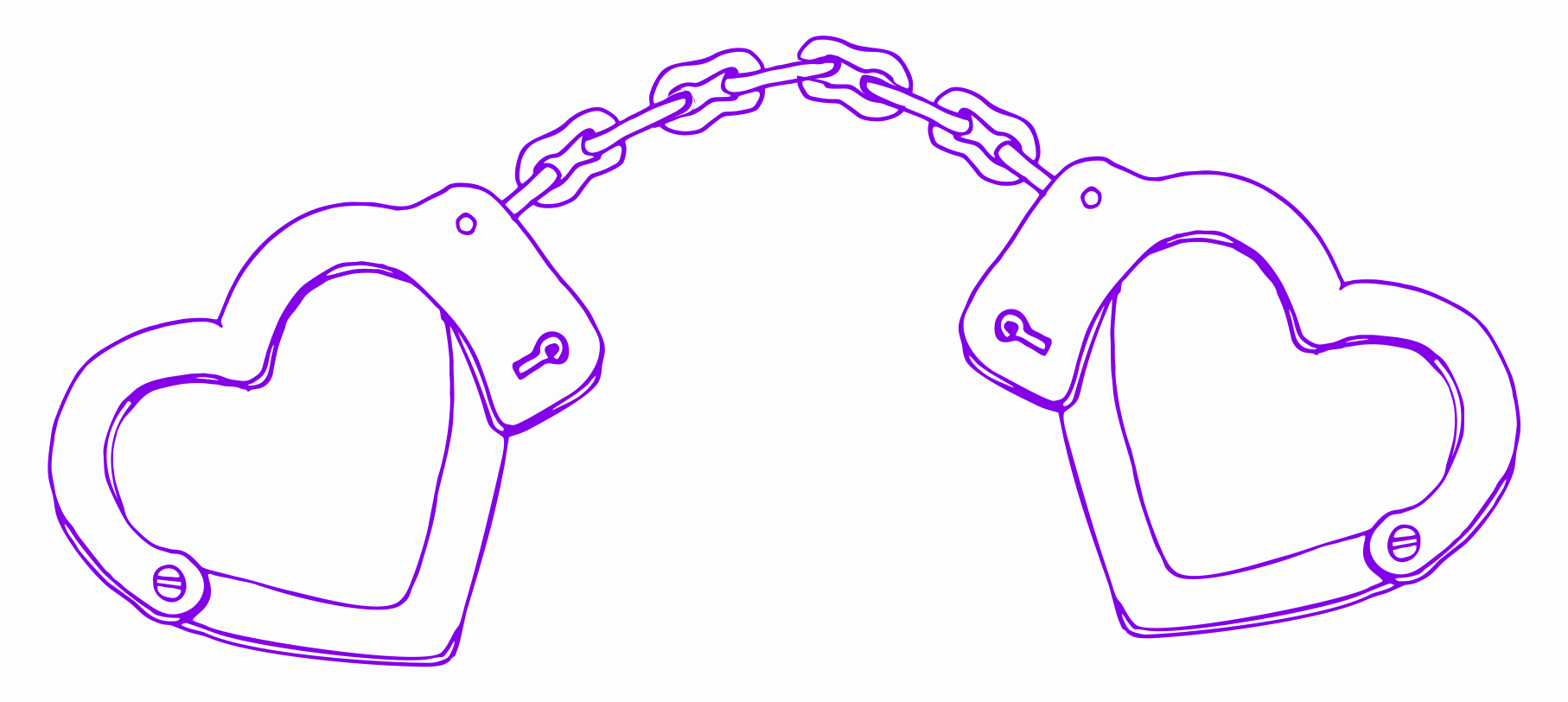Kink, Fetish and Paraphilia
What is Kink?
Kink is the term commonly associated with types of sexual activity that involve consensual role adoption which allow participants to explore facets of their inter and intra-personal sources of gratification. It is typically contrasted with the term ‘Vanilla Sex’, which is the range of sexual practices which conform more to mainstream social precedents. The most prevalent forms of Kink are encompassed by the acronym BDSM, which stands for Bondage and Discipline, Dominance and Submission, Sadism and Masochism.
Play?
Kink is safely practiced amongst consenting adults who are proficient in the art of their particular roles and where the rules of engagement are clear. As an exploration of intimate consensual power exchange it may best be described as a form of sexually and emotionally charged play or dance involving leading and following in a ‘scene’.
What can go wrong?
By its nature, Kink often operates at the extremities and blurred edges of role play involving physical and mental exploration within relationship. When people take their play to the edge there is always a risk of stepping over the already blurred line. The risk is greater when inexperienced or abusive participants lose consensual connection. In some cases the legality of the activities should be considered, along with appropriate safety and hygiene protocols.
An appropriate frame:
For Kink practice to thrive in safety there needs to be clear understandings of the mutual concepts of:
Consent: Everything happens with the underlying permission of the participants.
Health: Players are responsible for both the physical and mental well-being of the participants.
Congruence: Those involved are operating in alignment with their personal identity, values and agreed behaviours.
Communication: There is clarity of vision and structure to the relationships.
Respect: For the boundaries, rules, protocols, choices and rituals of the processes and relationships
Support: From the wider Kink community to ensure skills, repertoire and contingency planning are optimised.
These factors are encapsulated in Kink aware acronyms such as: SSC (Safe, Sane, and Consensual) RACK (Risk-Aware Consensual Kink) and the 4Cs framework (Caring, Communication, Consent, and Caution)
A glossary of Kink terms:
A comprehensive glossary of Kink terms can be found on Wikipedia by searching for: Glossary of BDSM
What is Fetish?
For the purposes of this site we will define fetish as the term used to describe a sexual interest in something that is not regarded as human genitals or erogenous zones. This can include body parts, body shapes, body modifications, other objects, materials, particular situations, activities or scenarios. So long as fetishes don’t cause harm or break the law then they are just personal expressions of sexual preference.
What is Paraphilia?
Paraphilia is defined here as unusual or atypical sexual interest. This refers to the suite of sexual proclivities that are of interest to only a small minority of the sexually aware population. Rather like fetishes, so long as paraphilias don’t cause harm or break the law then they are just personal expressions of sexual preference. If they do cause harm then they become known as paraphilic disorders.
Paraphilic Disorder
Paraphilic disorders are defined here as sexual activities that might cause harm, risk of harm or distress to self and/or others. This would include those activities that are specifically unlawful under Sexual Offences Act 2003. Working with clients struggling with paraphilic disorders requires specialist training and skills. More information can be found at STOPSO – (Specialist Treatment Organisation for Perpetrators and Survivors of Sexual Offending).
Some examples of illegal paraphilias
Exhibitionism: Exposing one’s genitals to unsuspecting and nonconsenting others.
Voyeurism: Watching others while naked or having sex, generally without their knowledge.
Pedophilia: A sexual preference toward prepubescent children.
Frotteurism: Rubbing against a non-consenting person for sexual pleasure.
A comprehensive list of (not necessarily illegal) paraphilias can be found on Wikipedia
The role of the therapist (Kink):
The first consideration is why the client has sought therapy. It can never be assumed that the sexual orientation or preferences of the client are a problem unless the client explicitly states so. If the client has difficulties with aspects or implications of their preferences then that is the issue to be addressed, not necessarily the specific preferences. The therapist must display cultural sensitivity and awareness to be able to competently work with the client on the particular dimensions of personhood that are causing them distress. There is no place for prejudice or judgement.
The Shahbaz-Chirinos Checklist offers a structured format to work with any distress the client experiences as a result of their sexual preferences. It can help to clarify where the problems may be arising from, and ensure that the client is expressing their relational choices in a safe and empowering environment.
The role of the therapist (Fetish and Paraphilia):
The involvement of a sexologist is only appropriate if someone is finding an aspect of their fetish distressing. This doesn’t imply that the fetish itself is the problem. Sometimes people are worried about how their preferences might be received by others or how to be authentic within their sexual relationships.
In exactly the same way as working with Kink, the therapist must embody cultural sensitivity and awareness to be able to competently work with the client on the aspects of their personhood that are causing them distress. There is no place for prejudice or judgement. The role of the therapist can also include normalising where appropriate, and signposting to community resources provided by the BDSM, Fetish & Kink Community
The treatment strategy:
Once the objectives of the client have been voiced and clearly understood, the therapist and the client(s) can work as a team to decide an appropriate way forward. The Kink and Fetish community can offer responsible, experienced and able mentoring, teaching and support to people interested in discovering their preferences. The therapist can offer a safe environment to process thoughts, feelings and issues arising from the client’s relationship to their preferences.



